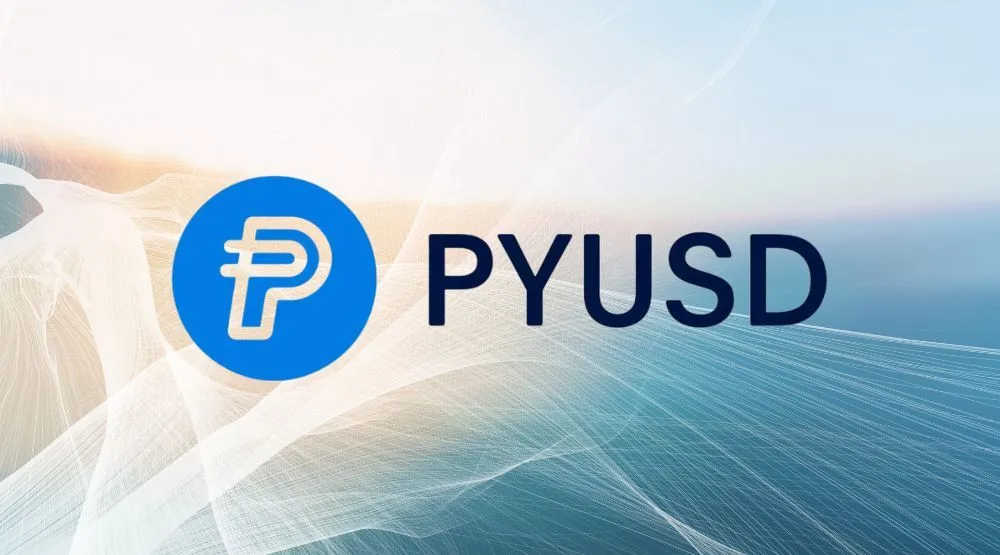PayPal’s PYUSD Expands to Bitfinex’s Stablecoin Blockchain with Strategic Investment


PayPal Ventures Backs Stable
“This work with Stable reflects our commitment to expanding PYUSD’s utility across multiple blockchain ecosystems and driving adoption,” said David Weber, head of the PYUSD ecosystem at PayPal. He added that Stable’s architecture is designed to provide quick, seamless financial transactions that can enable new commerce use cases.
The announcement follows Stable’s emergence from stealth in July, when it closed a $28 million viewd round co-led by Bitfinex and Hack VC. The deal underscores how legacy payments firms and crypto-native players are converging on stablecoin infrastructure as adoption accelerates globally.
Investor Takeaway
Stablechain’s Focus on USDT
Stable describes itself as a layer-1 blockchain “designed for USDT”, targeting peer-to-peer payments, remittances, and international transfers. Its architecture promises sub-second finality, gas-free transfers, and real-dollar settlement using stablecoins. According to its website, USDT serves as the native gas token, eliminating the need for volatile assets such as ETH to process stablecoin transfers.
“Using USDT as the native gas token eliminates the complexity of managing volatile tokens just to move digital dollars,” Stable’s FAQ explains. However, questions remain: the platform’s own social channels also reference USDT0, a cross-chain liquidity stablecoin created by Everdawn Labs. It is still unclear whether Stable relies on USDT, USDT0, or both for Transaction fees.
Stable’s direct link to Tether USDt, the world’s largest stablecoin with a market cap of around $172 billion, positions it to become a specialized payments chain tailored for stablecoin liquidity. With PYUSD entering the mix, Stablechain is diversifying beyond its Tether roots and signaling ambitions to become a hub for multiple stablecoins.
PYUSD’s Role in the Stablecoin Market
Launched in August 2023 in partnership with Paxos, PYUSD is a dollar-backed stablecoin aimed at retail and institutional use cases. Despite its relatively small size — $1.4 billion in market cap as of ahead September 2025, ranking it 11th globally — PYUSD has been steadily integrated into PayPal and Venmo’s payments ecosystem.
Still, PYUSD lags far behind Tether’s USDT and Circle’s USDC in scale. With USDT commanding $172 billion in circulation and USDC at roughly $34 billion, PayPal is betting that partnerships with chains like Stable can create new use cases in commerce, remittances, and cross-border trade where its brand recognition carries weight.
“We’re excited to invest in Stable because they’re tackling the real frontier for stablecoins, the emerging markets where reliable, dollar-based payments can have the greatest impact,” said Amman Bhasin, partner at PayPal Ventures. By anchoring PYUSD in emerging-market rails, PayPal hopes to capture users who need accessible and stable digital dollars.
Investor Takeaway
Future Outlook: Stablecoin Rails for Payments
The Stable-PayPal tie-up highlights a broader trend: stablecoin projects are moving beyond speculative trading into payments infrastructure. With remittances and international e-commerce demanding low-cost, quick settlement, blockchains purpose-built for stablecoins could play a pivotal role. Stablechain’s promise of gas-free transactions and sub-second finality aligns with those demands.
For PayPal, broadening PYUSD’s utility through ecosystems like Stable strengthens its position in the stablecoin race. While USDT dominates liquidity and USDC dominates regulated finance, PYUSD may find traction by embedding itself in consumer-facing platforms and high-volume payments networks.
The unanswered question is whether PYUSD can scale rapidly enough to matter in a market where first movers already control most liquidity. If the partnership succeeds, however, it could set a precedent for how payment giants integrate directly with purpose-built stablecoin blockchains.







